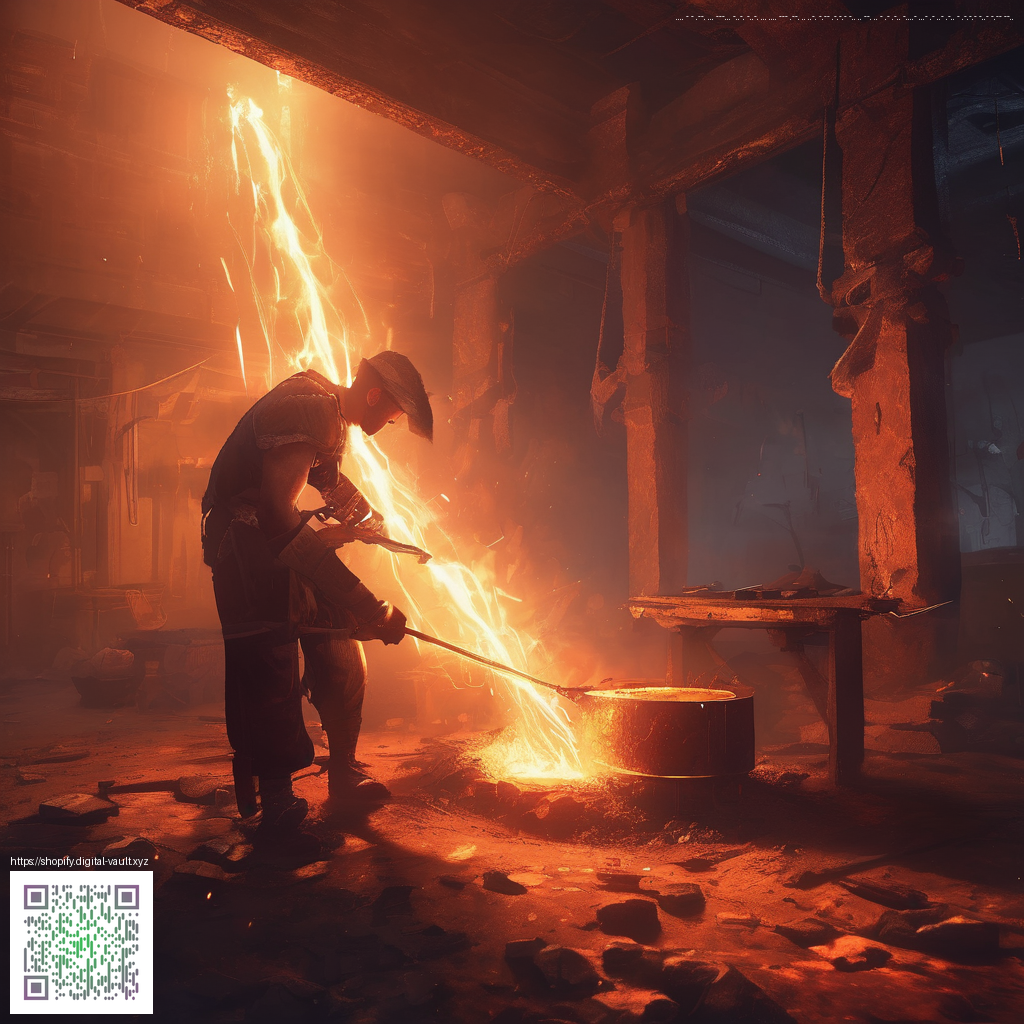
Understanding arcade light gun calibration for beginners
Calibration is the process of aligning your light gun's aim with what appears on screen. For arcade setups, this is essential because even small misalignments can make shots miss the intended targets, especially at longer ranges or when you're practicing precise timing. The goal is to create a predictable relationship between the trigger pull and the reticle's position on the display, so your practice translates into cleaner, repeatable performance in real games or tournaments.
What calibration actually measures
Think of calibration as a bridge between sensor input and visual output. The gun's sensors detect light flashes picked up by the display, and calibration calibrates two things: spatial accuracy (where the gun is aiming on the screen) and timing accuracy (when the gun sends a shot signal). On modern LCDs or projectors, this can be influenced by response times and color processing, whereas retro CRTs provide a different, often more forgiving alignment environment. The result is a consistent reticle position when you point at a known target.
Tip: start with small adjustments. A one-degree shift in aim can move your crosshair several pixels on screen, which is a big difference in fast-action targets.
Step-by-step calibration at home
- Set up your display in its native resolution and ensure the room has stable lighting without glare on the screen.
- Adjust your seating and gun height so your forearm forms a comfortable, natural angle to the display.
- Display a simple calibration target (centered crosshair) and use the gun to align the reticle with the center. Confirm the center point is consistent from multiple distances.
- Use the game or system's calibration options to tweak horizontal and vertical offsets. Make conservative changes and test with several targets.
- Repeat the process with different distances and target sizes to verify the calibration holds as you move closer or farther away.
- Record the final offsets and return to them if you notice drift during long sessions.
Because stability matters, many players invest in a reliable play surface. A quality non-slip gaming pad with a polyester surface provides tactile resistance and a steady base for your hands. For a practical example, you can check the Non-slip Gaming Neon Mouse Pad—it’s not a direct part of the gun, but it helps maintain consistent hand position during calibration and practice sessions.
Beyond hardware, environment plays a role. Lighting, screen technology, and even the calibration app you use can influence results. Some players favor setups that mimic arcade cabinets, while others optimize for modern displays. For broader context on related gear and guides, visit our resource hub at https://y-donate.zero-static.xyz/index.html.
“Patience during the calibration process pays off in precision during play. Treat each adjustment as a small calibration for your reflexes.”